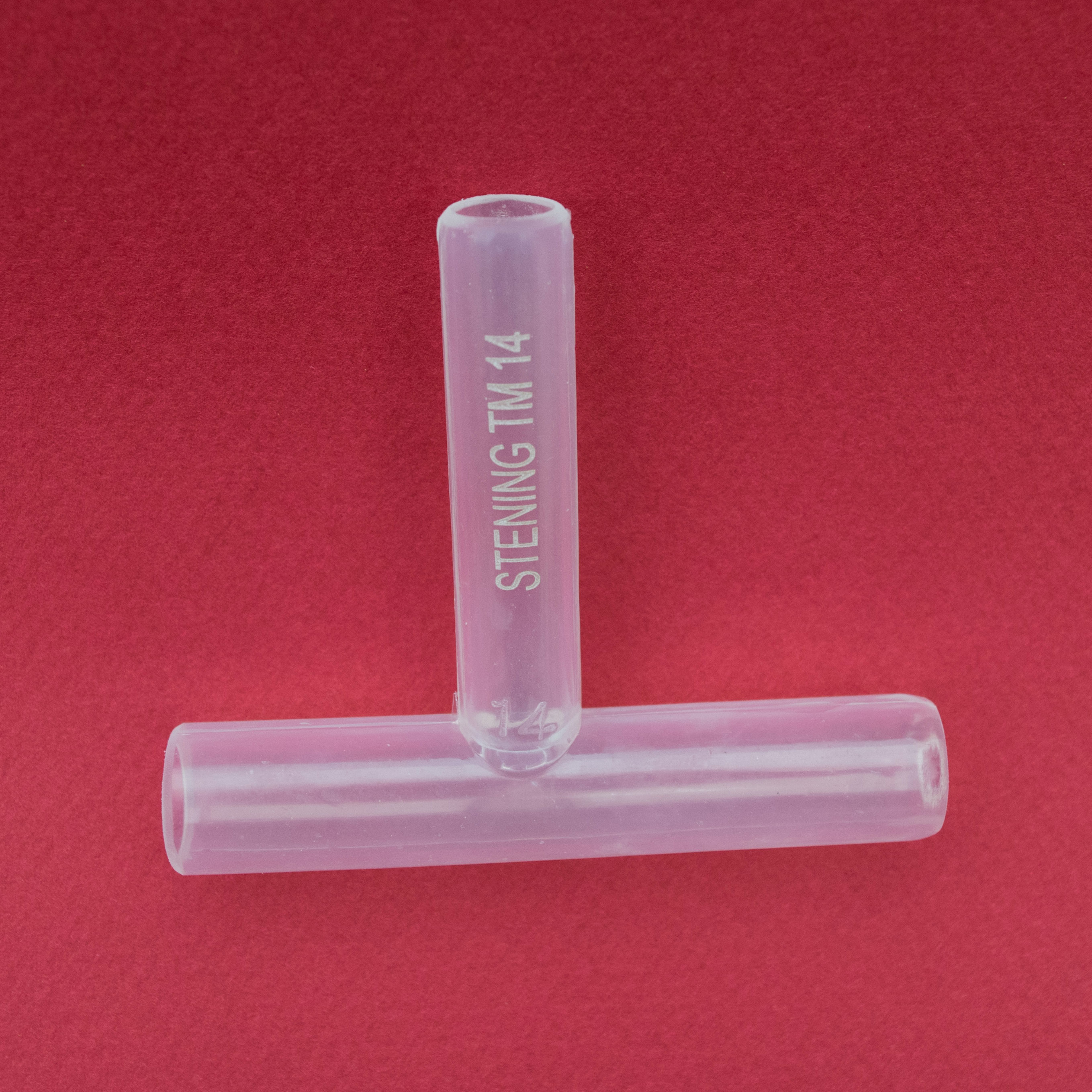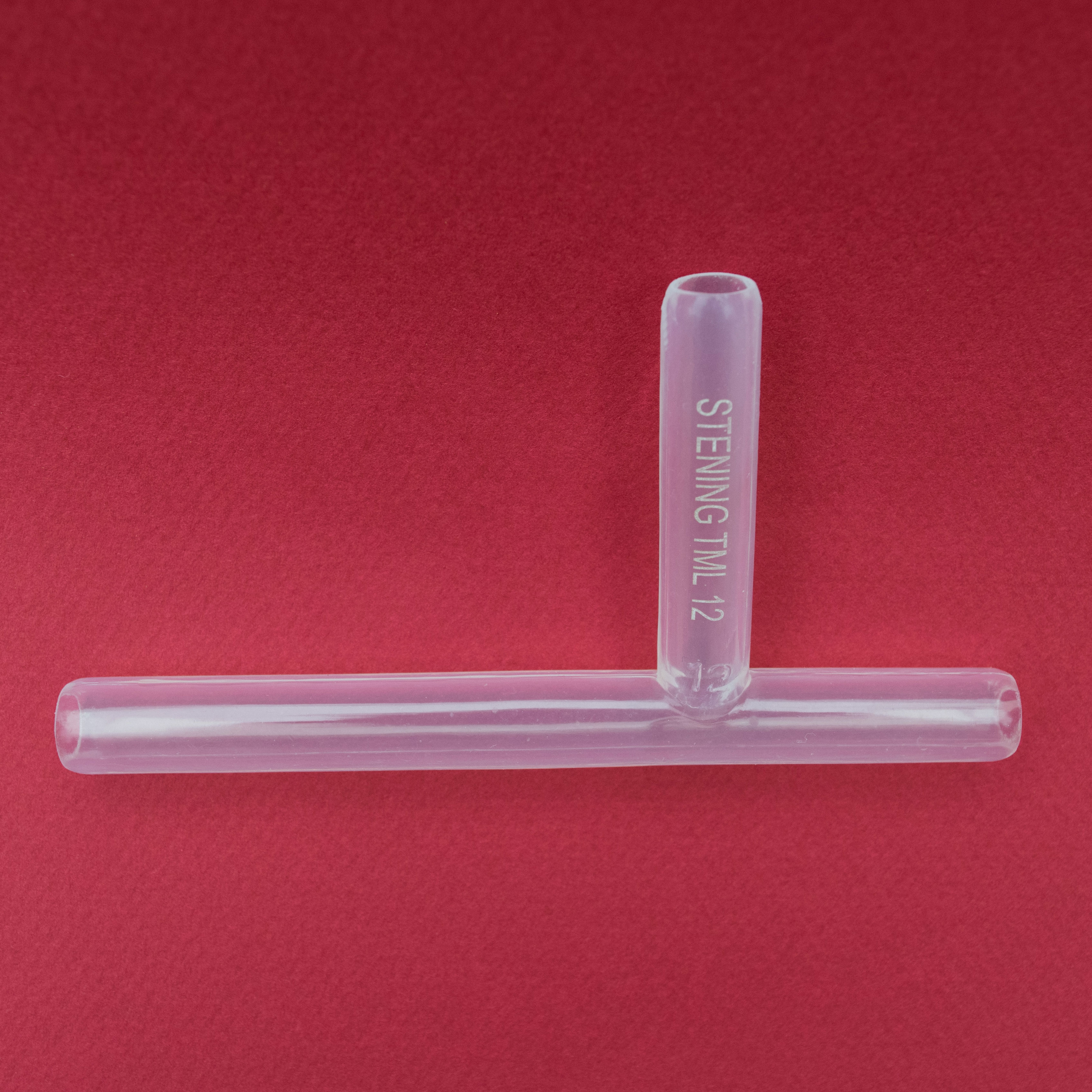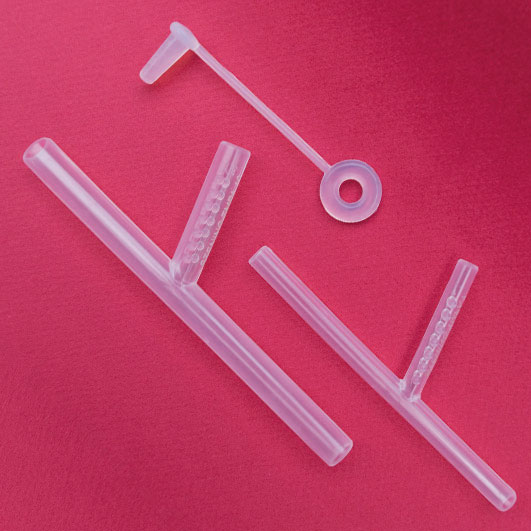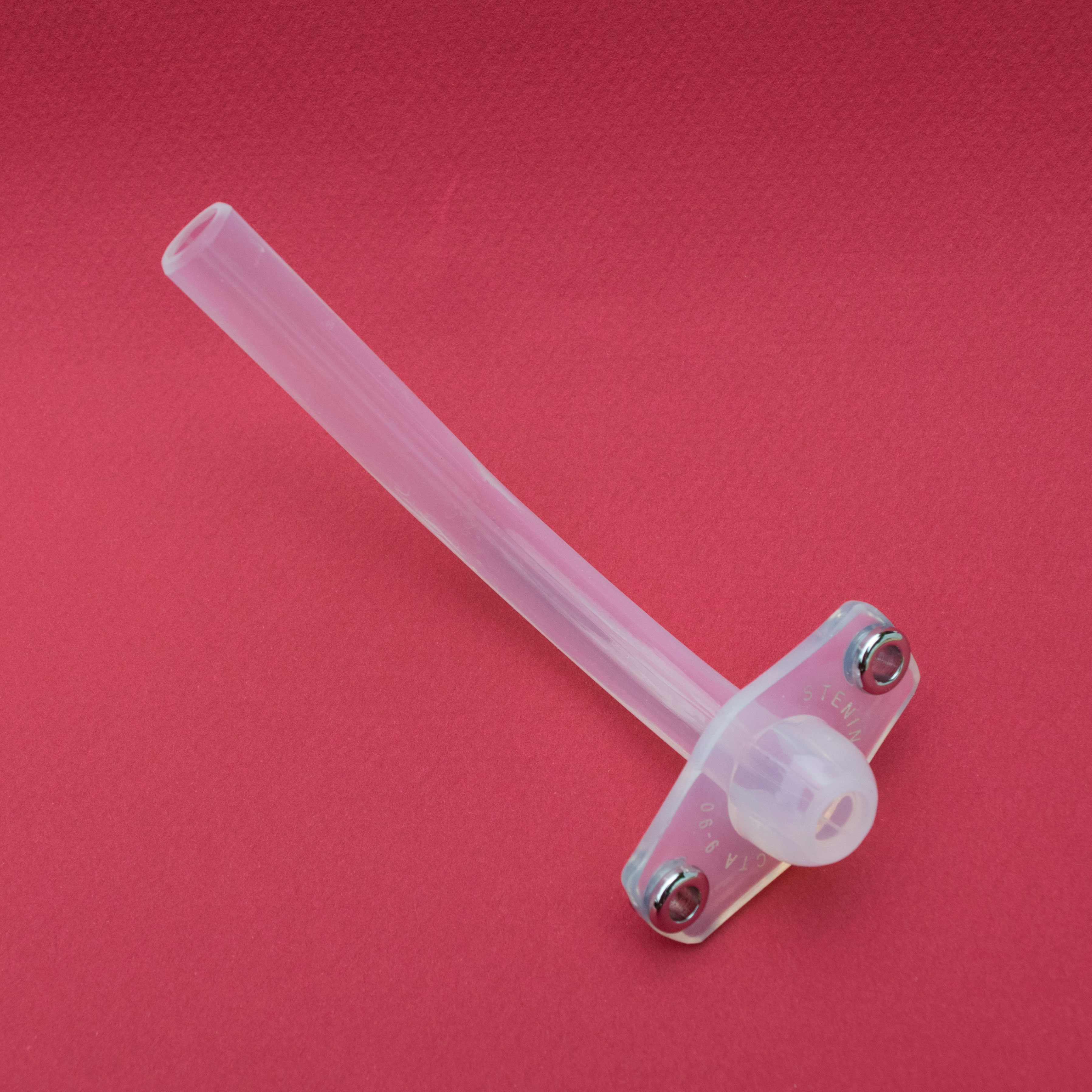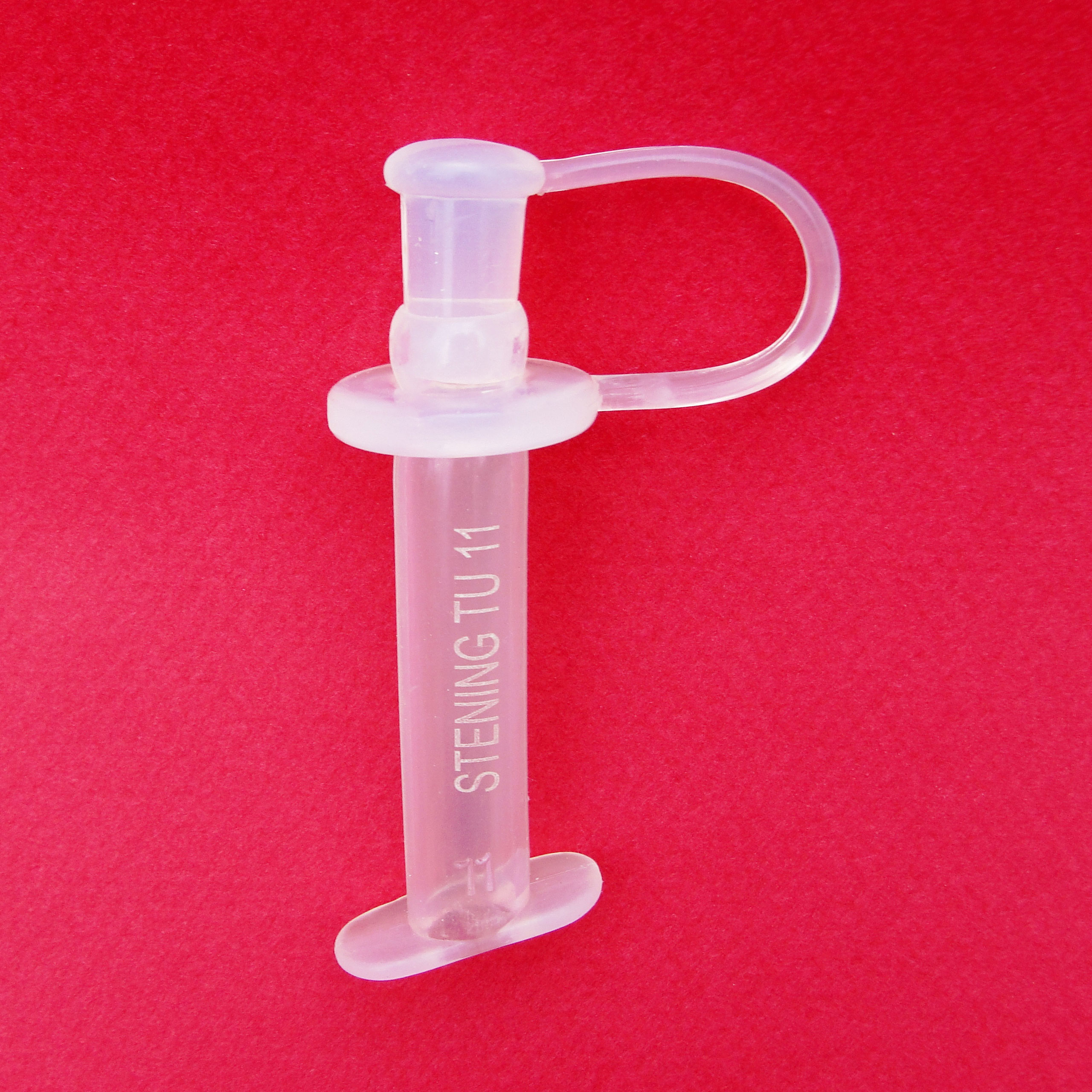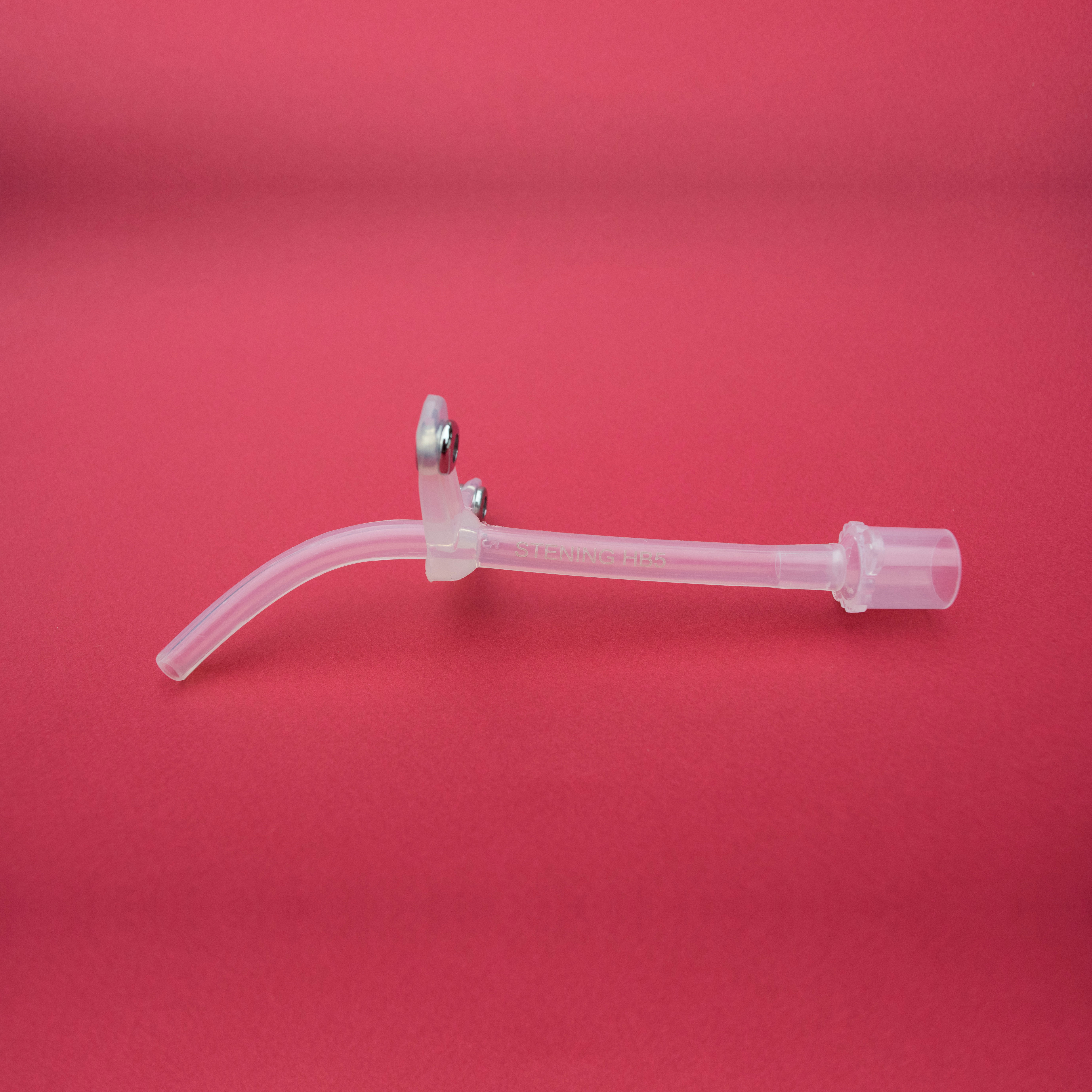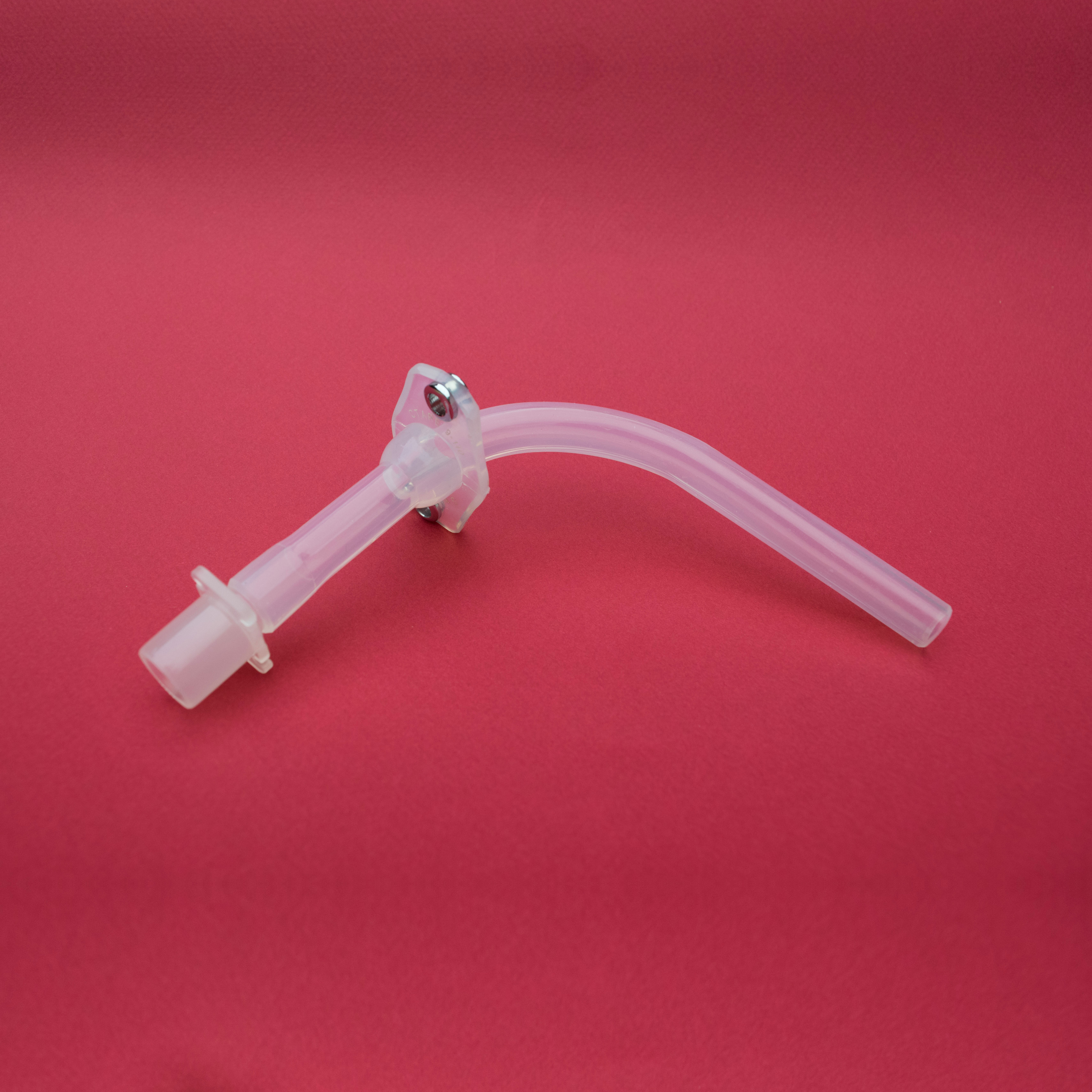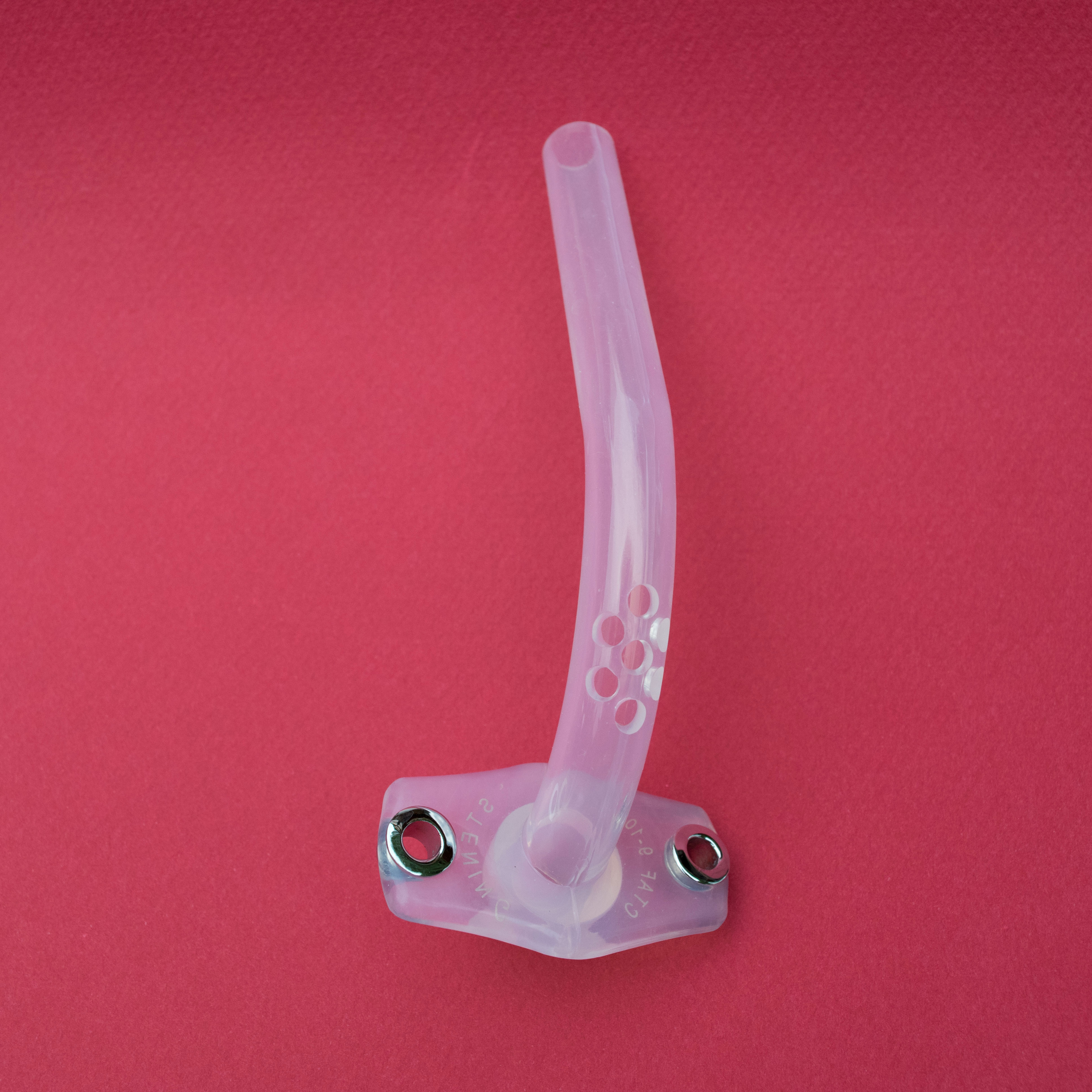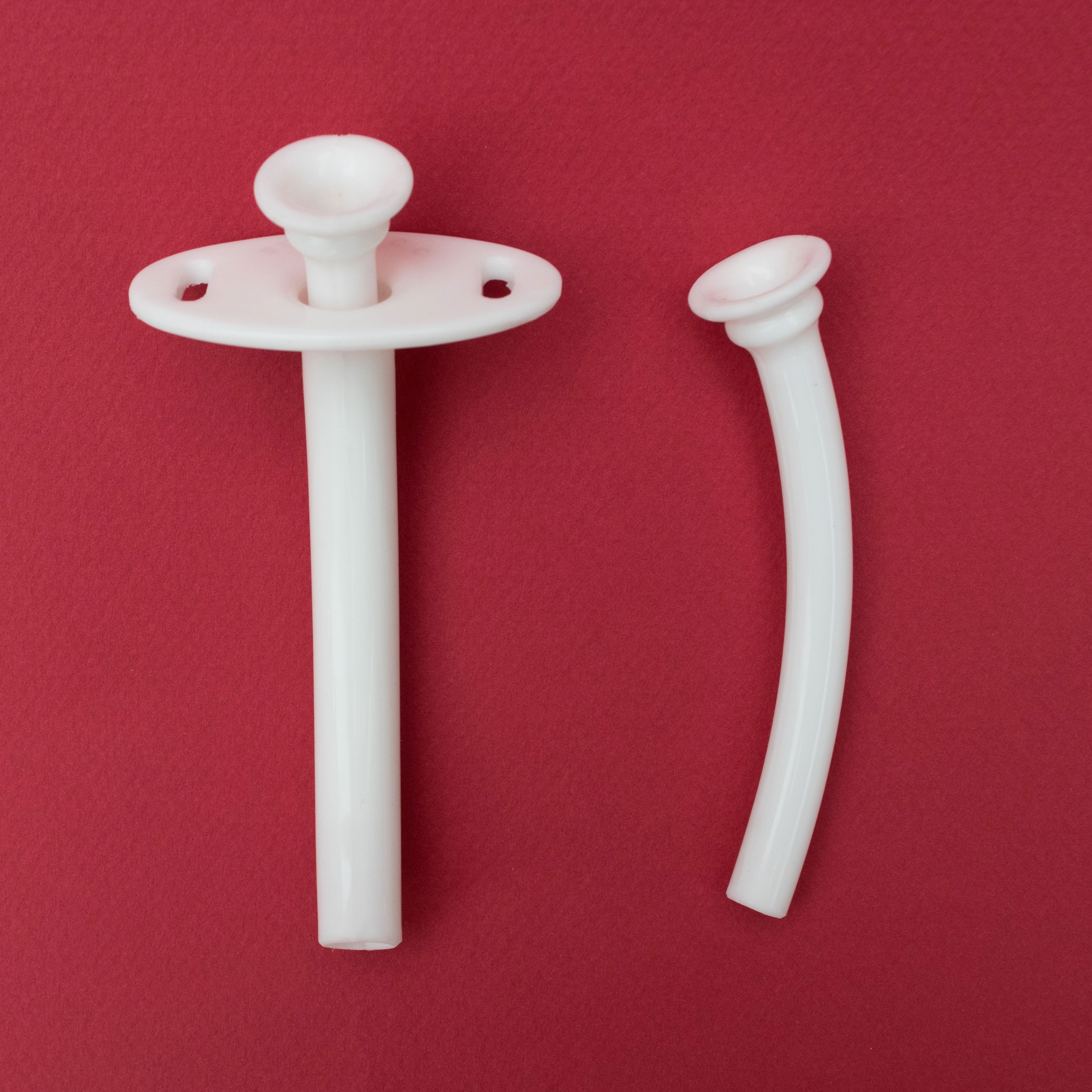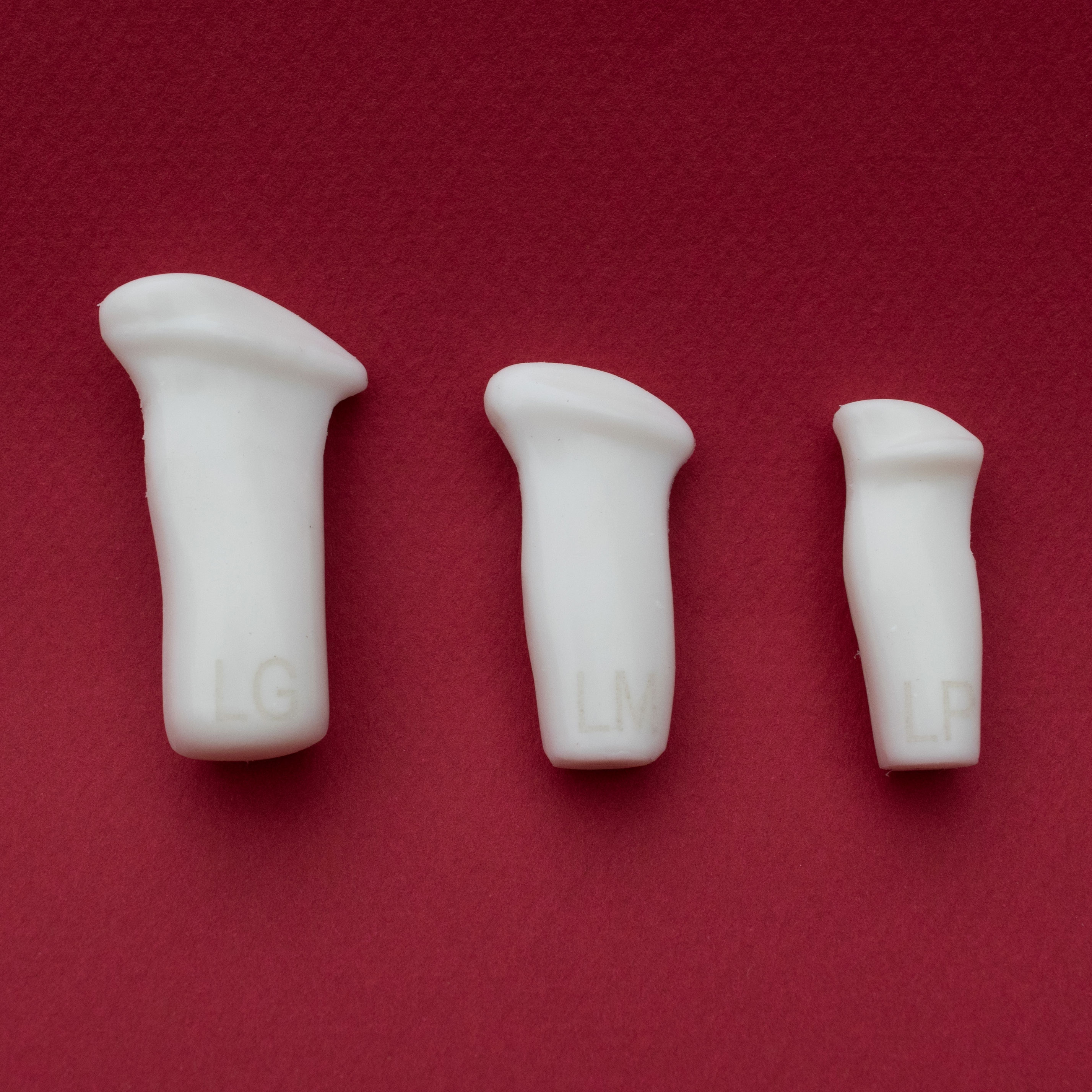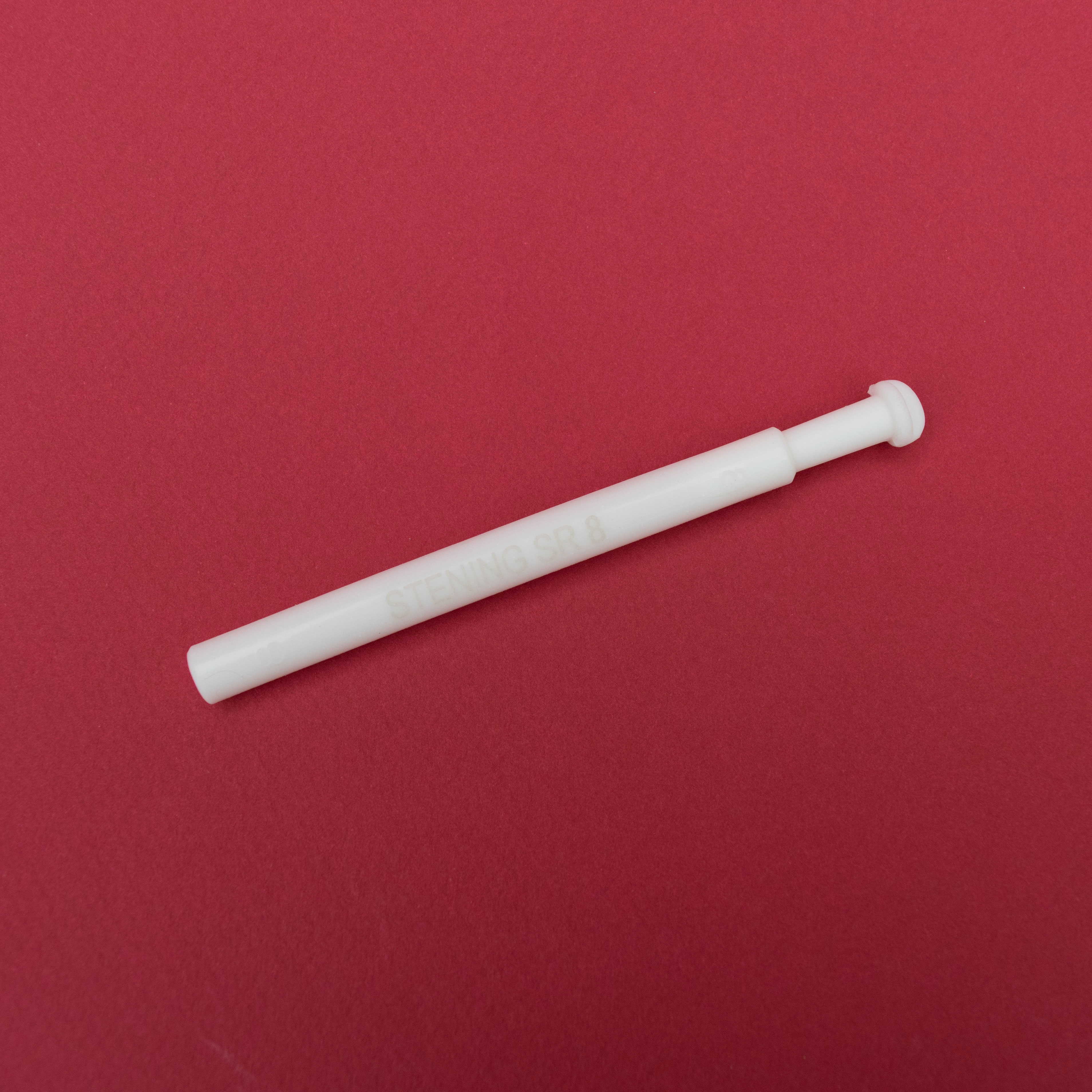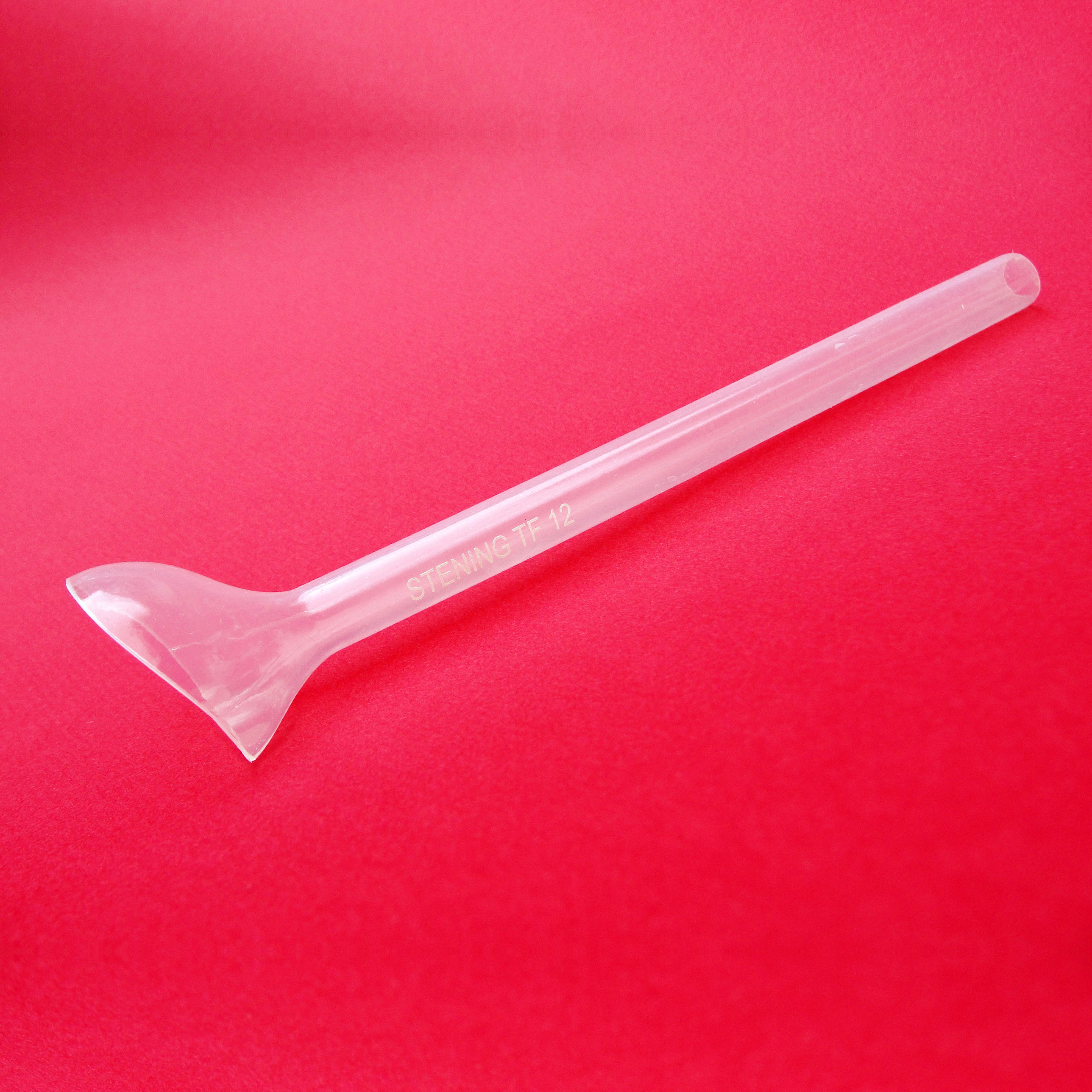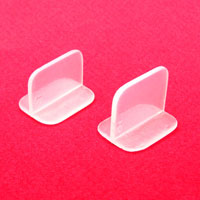Laryngology and Tracheostomy
A wide range of devices for Laryngology and Tracheostomy, including: cannulas, T-tubes, laryngeal and pharyngeal tubes.
- After the surgical reconstruction of the larynx or the partial laryngectomy.
- Laryngeal or tracheal stenosis, laryngotracheal or oesophageal stenosis.
- Subglottal stenosis; carcinoma of the oesophagus.
- Fistulas of different aetiology.
- After tracheal resection and anastomosis or tracheal reconstruction.
- Trachea or larynx trauma.
- Replacing conventional tracheal cannula.
- Remote or precarinal tracheal injuries. Tracheotomised with short neck.
- Secondary access to the airway.
- Upper airway obstruction.
- Lesions of thyroid or cricoids cartilages, hyoid bones or large vessels.
- Neck severe subcutaneous emphysema.
- Facial and jawbone fractures.
- Control of excessive secretions of the respiratory tract.
- Reduction of aspiration of oral and gastric secretions.
- Preparation for invasive procedures of head and neck.
- Sleep apnoea.
- Tracheotomised in laryngeal rehabilitation or with possible phonation.
- To preserve the tracheostomy hole.


